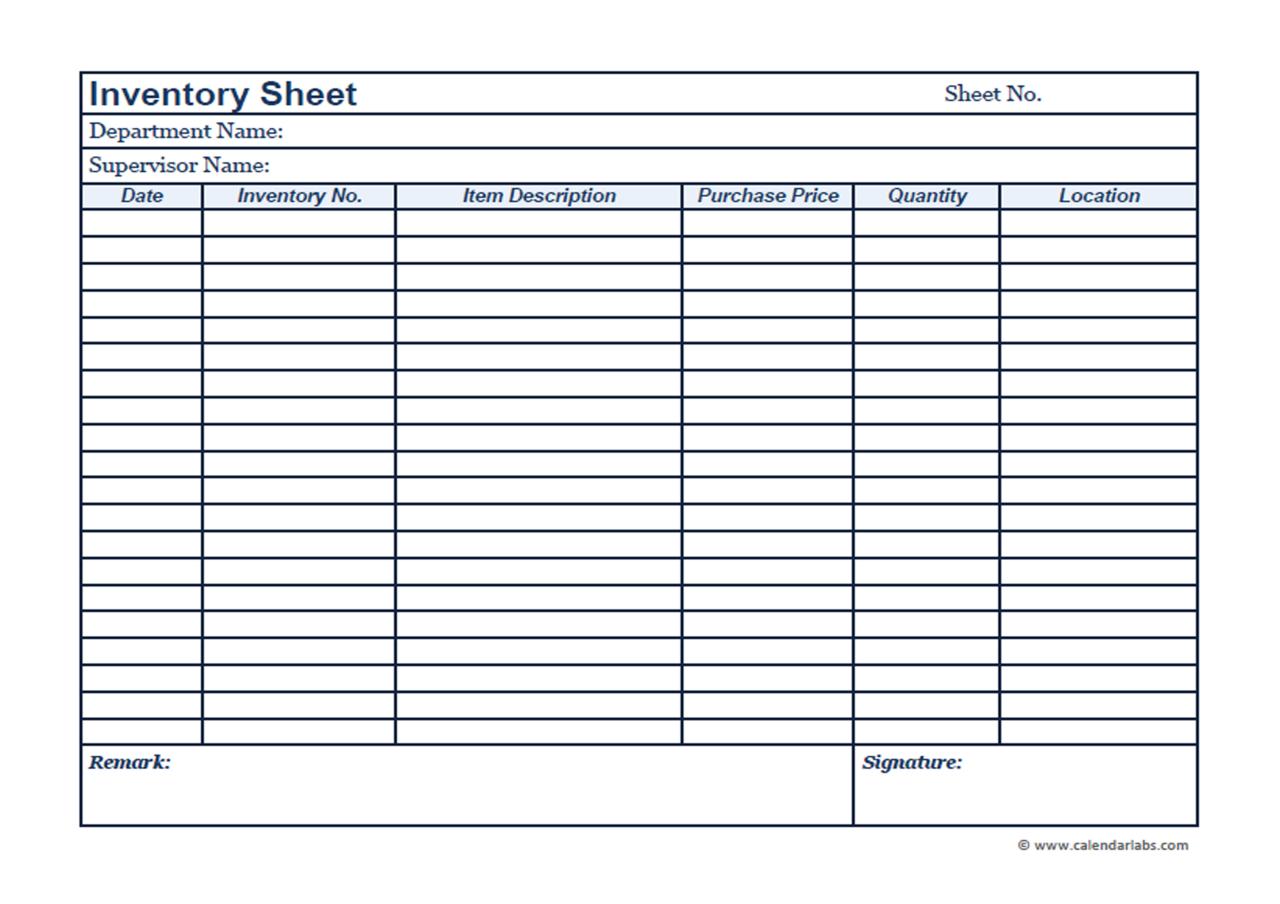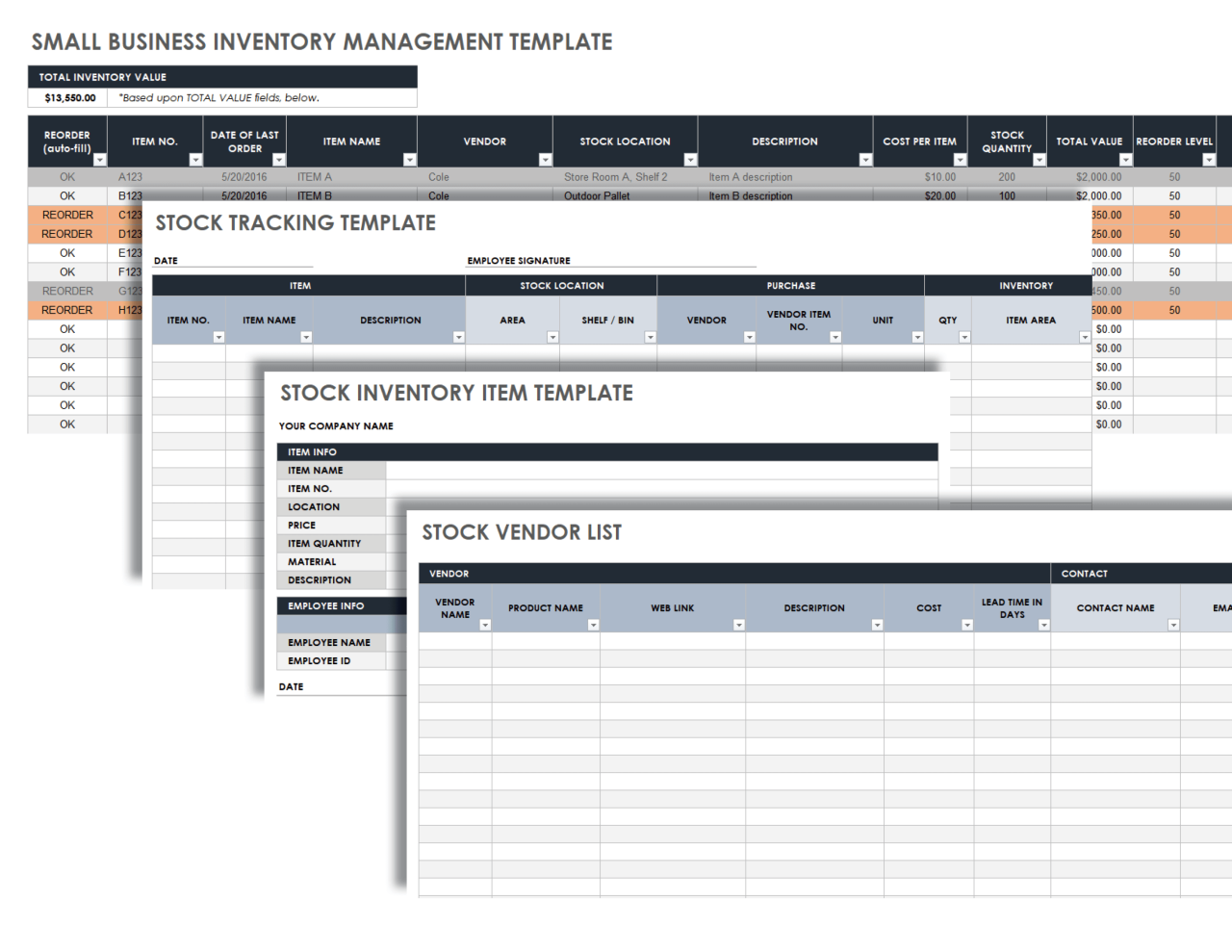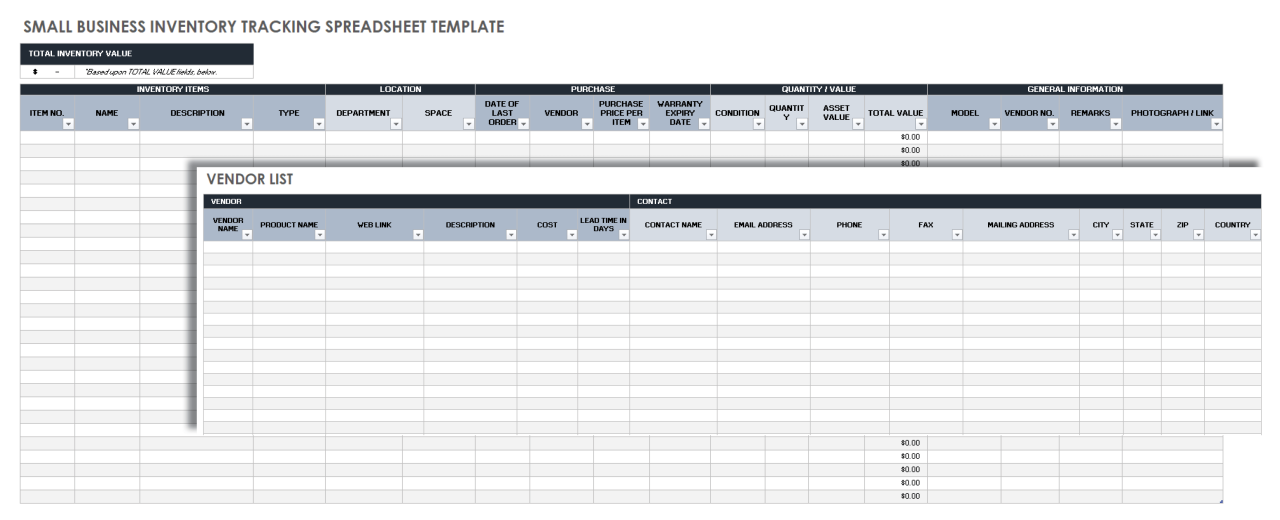Best inventory tracking for small business – Embark on a journey to discover the transformative power of inventory tracking for small businesses. In this comprehensive guide, we unveil the significance of effective inventory management, unravel the challenges faced, and present proven strategies to streamline your operations and drive growth.
Delve into the essential features of inventory tracking software, empowering you to make informed decisions and select the solution that best aligns with your unique needs. Uncover the best practices for inventory tracking, including regular audits, cycle counting, and waste minimization techniques.
Understanding Inventory Tracking for Small Businesses

Inventory tracking is a crucial aspect of business operations, particularly for small businesses. It involves monitoring the quantity and flow of goods within a business, from the point of acquisition to the point of sale or use.
Small businesses often face unique challenges in managing inventory due to limited resources, space constraints, and fluctuations in demand. Effective inventory tracking can help them overcome these challenges and reap numerous benefits.
Benefits of Inventory Tracking for Small Businesses
- Enhanced Inventory Accuracy:Accurate inventory records provide real-time visibility into stock levels, reducing the risk of overstocking or understocking.
- Improved Cash Flow Management:By tracking inventory movement, businesses can optimize stock levels and avoid tying up cash in excess inventory.
- Reduced Losses:Effective inventory tracking helps identify slow-moving or obsolete items, allowing businesses to clear out dead stock and minimize losses.
- Increased Sales:Accurate inventory tracking ensures that customers can purchase the items they need, boosting sales and customer satisfaction.
- Better Planning and Forecasting:Inventory data provides insights into demand patterns, enabling businesses to make informed decisions about future purchases and production.
Features to Consider in Inventory Tracking Software: Best Inventory Tracking For Small Business

Effective inventory tracking is crucial for small businesses to optimize stock levels, minimize waste, and enhance profitability. When selecting inventory tracking software, it’s essential to consider features that align with your specific business needs.
Here are some key features to look for:
Core Features
- Real-time inventory updates:Provides accurate and up-to-date information on stock levels, eliminating manual counting and reducing errors.
- Multiple location tracking:Allows businesses with multiple warehouses or stores to track inventory across different locations, ensuring visibility and control.
- Barcode and RFID scanning:Enables quick and accurate data entry, reducing manual errors and streamlining inventory processes.
- Inventory valuation:Provides insights into the value of inventory on hand, helping businesses make informed decisions regarding stock levels and purchasing.
Advanced Features, Best inventory tracking for small business
- Demand forecasting:Predicts future demand based on historical data, helping businesses optimize inventory levels and avoid stockouts.
- Purchase order management:Automates the process of creating and tracking purchase orders, streamlining vendor relationships and ensuring timely inventory replenishment.
- Reorder point alerts:Notifies businesses when inventory levels reach a predetermined threshold, triggering timely reorders and preventing stockouts.
- Reporting and analytics:Provides valuable insights into inventory performance, helping businesses identify trends, optimize stock levels, and make data-driven decisions.
Comparative Analysis
Different inventory tracking software options offer varying combinations of features. Here’s a comparative analysis based on the core and advanced features discussed:
| Feature | Software A | Software B | Software C |
|---|---|---|---|
| Real-time inventory updates | Yes | Yes | Yes |
| Multiple location tracking | Yes | No | Yes |
| Barcode and RFID scanning | Yes | Yes | No |
| Inventory valuation | Yes | Yes | Yes |
| Demand forecasting | No | Yes | Yes |
| Purchase order management | No | Yes | Yes |
| Reorder point alerts | Yes | Yes | Yes |
| Reporting and analytics | Basic | Advanced | Comprehensive |
By carefully considering these features and comparing different software options, small businesses can select the best inventory tracking solution that meets their unique requirements, streamlines operations, and enhances profitability.
Best Practices for Inventory Tracking
Effective inventory tracking is crucial for small businesses to optimize operations, minimize losses, and enhance profitability. Implementing best practices can help businesses streamline inventory management and improve overall efficiency.
Importance of Regular Inventory Audits and Cycle Counting
Regular inventory audits and cycle counting are essential for maintaining accurate inventory records. Inventory audits involve a comprehensive physical count of all inventory items, while cycle counting focuses on counting a portion of inventory items at regular intervals. These practices help identify discrepancies, prevent shrinkage, and ensure that inventory records align with actual stock levels.
Techniques for Optimizing Inventory Levels and Minimizing Waste
Optimizing inventory levels is crucial for avoiding overstocking and understocking. Techniques such as the ABC analysis, which categorizes inventory items based on their value and usage, can help businesses prioritize inventory management efforts. Additionally, implementing safety stock levels and using forecasting methods can minimize the risk of stockouts and ensure adequate inventory levels to meet customer demand.
Case Studies and Success Stories
![]()
In the realm of small businesses, inventory tracking is not merely a task but a crucial pillar for success. By implementing robust inventory tracking solutions, countless small businesses have witnessed remarkable transformations, optimizing their operations, reducing costs, and unlocking new avenues for growth.
In this section, we present inspiring case studies and success stories that illuminate the challenges faced by small businesses and the transformative benefits they achieved through effective inventory tracking.
A Retail Revolution: The Case of Willow Creek Boutique
Willow Creek Boutique, a quaint and charming boutique nestled in a cozy town, struggled with inventory management. Manual tracking methods led to frequent stockouts, overstocking, and missed opportunities for sales. Determined to address these challenges, the boutique implemented a cloud-based inventory tracking software.
- Challenge:Inaccurate inventory data and manual tracking leading to stockouts and overstocking.
- Solution:Implemented cloud-based inventory tracking software to automate tracking and gain real-time visibility.
- Benefits:Reduced stockouts by 30%, improved inventory accuracy by 25%, and increased sales by 15%.
From Chaos to Clarity: The Transformation of GreenLeaf Hardware
GreenLeaf Hardware, a bustling hardware store serving a rapidly growing community, grappled with inventory chaos. Disorganized stockpiles, misplaced items, and frequent inventory discrepancies plagued their operations.
- Challenge:Disorganized inventory and frequent discrepancies hindering efficient operations.
- Solution:Implemented a mobile inventory tracking app with barcode scanning capabilities.
- Benefits:Improved inventory accuracy by 40%, reduced labor costs by 20%, and enhanced customer satisfaction.
Last Point
![]()
Through compelling case studies and success stories, witness firsthand how small businesses have harnessed the power of inventory tracking to overcome challenges and achieve remarkable results. Gain actionable insights and practical advice that will guide you towards implementing a robust inventory tracking system, propelling your small business to new heights of efficiency and profitability.
FAQs
What are the key benefits of inventory tracking for small businesses?
Inventory tracking empowers small businesses to optimize stock levels, reduce waste, improve customer satisfaction, and make informed decisions based on real-time data.
How do I choose the right inventory tracking software for my small business?
Consider factors such as the number of SKUs, integration with your accounting system, ease of use, and scalability to meet future growth.
What are the best practices for inventory tracking in small businesses?
Establish a regular inventory audit schedule, implement cycle counting, use technology to automate processes, and train staff on proper inventory management techniques.
